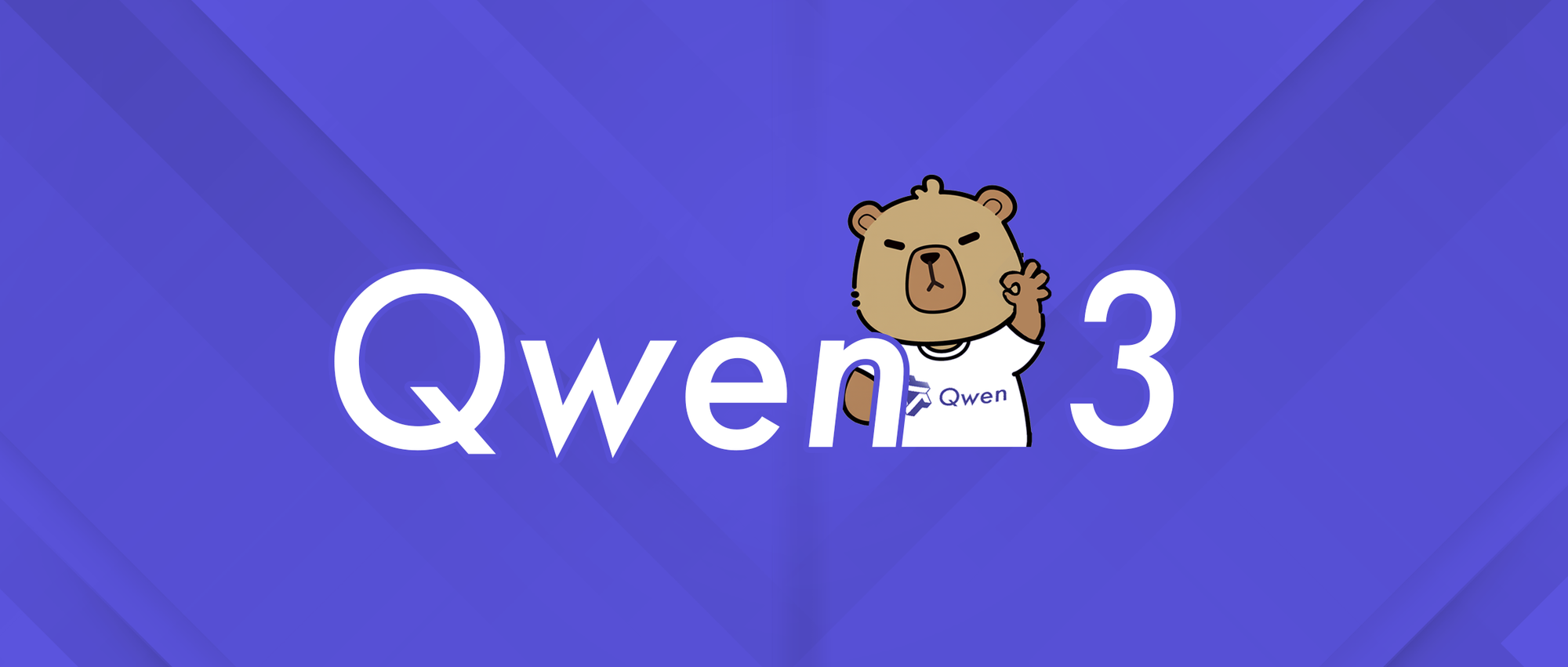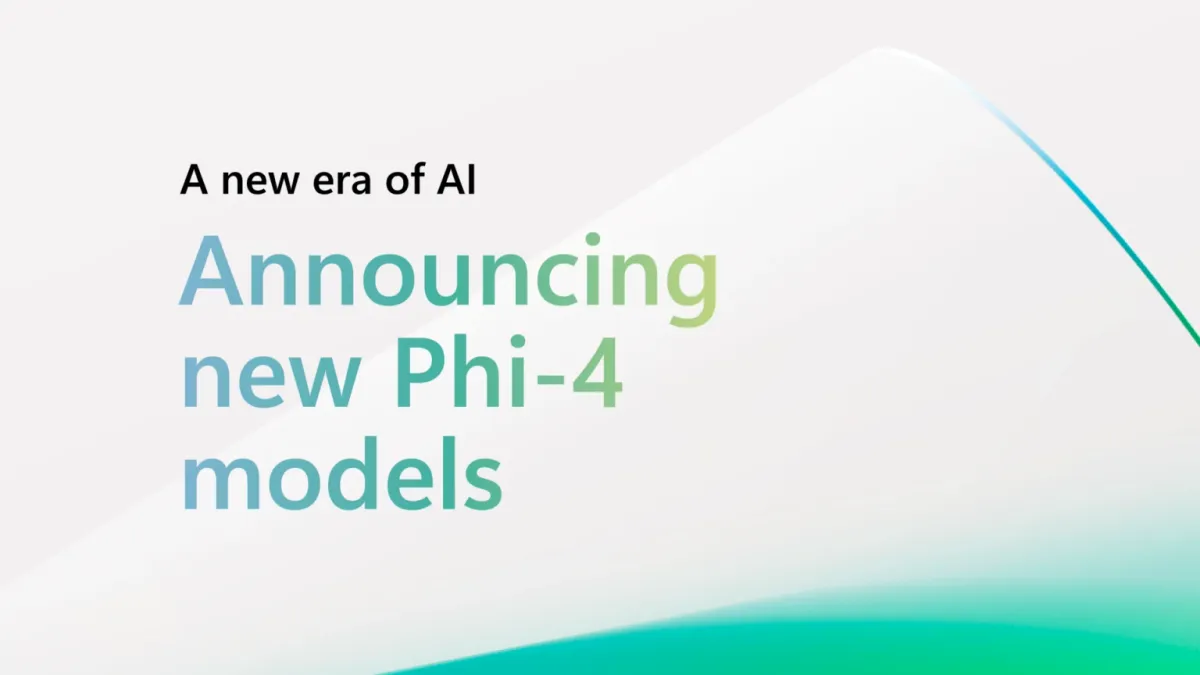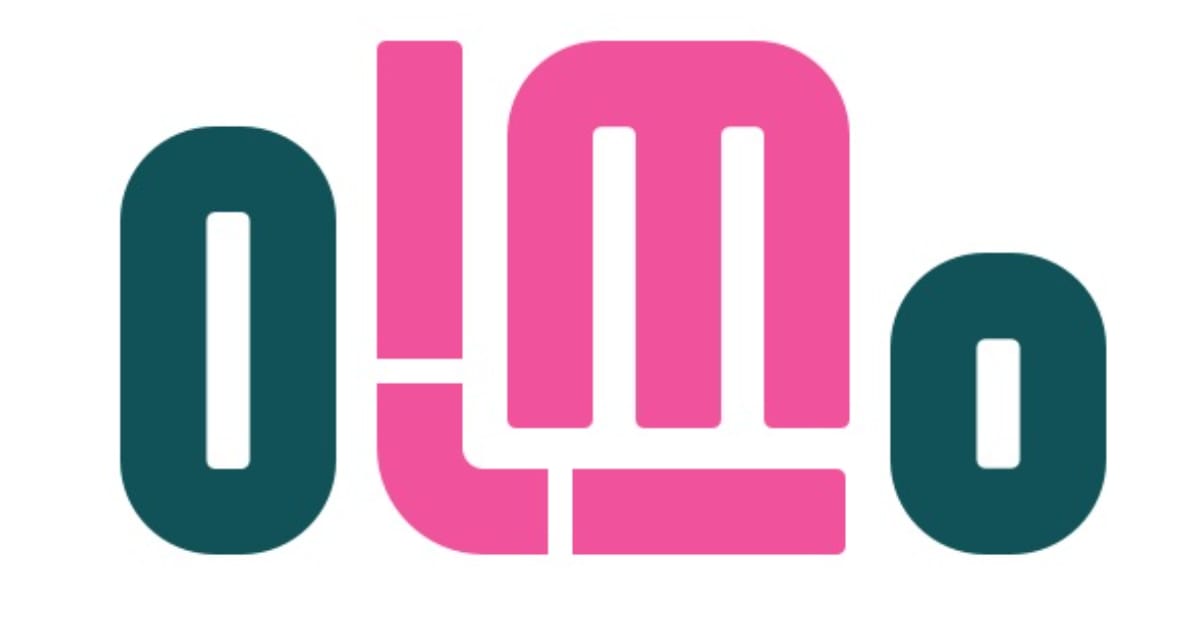Hi All,
I’m excited that Data Phoenix is getting back to our regular schedule. Some minor setbacks are still possible, but don’t worry — we’re working on it!
If you have any articles, tutorials, research papers, presentations, videos, or any piece of content you’d like to share with the community, kindly contact me by email. I’d be happy to publish it on the Data Phoenix Digest website and to feature it in the digest’s weekly newsletter and on social media.
In July, we’re also restarting our series of “The A-Z of Data” webinars on AI/ML, Data Science, and MLOps. If you’d like to participate as a speaker, feel free to contact me to discuss it in more detail.
In September, we’ll launch two online events — MLOps Day Europe and MLOps Day America — that will cover the specifics of deploying and maintaining ML models in production. I’ll share more details in the upcoming issue of the digest, but if you want to participate, you can suggest and submit your keynote ideas already. Become a speaker, or become a sponsor — it’s up to you!
With respect,
Dmitry Spodarets

ARTICLES
MLOps in 10 Minutes
In this comprehensive article, Alexey Grigorev dives deep into the specifics of MLOps and explains how MLOps is more about processes than tools, infrastructure, and models. Check it out!
Powering Next Generation Applications with OpenAI Codex
Learn more about modern applications of OpenAI Codex, a natural language-to-code system based on GPT-3 that turns simple English instructions into over a dozen popular coding languages.
Create Video Subtitles with Amazon Transcribe Using This No-code Workflow
This article walks you through setting up a no-code workflow for creating video subtitles using Amazon Transcribe within your AWS account. Interesting approach!
Step-by-step Approach to Build Your Machine Learning API Using Fast API
In this article, you’ll learn how to use Fast API for deploying your ML models and AI solutions in production rapidly and at scale, step by step. Check it out!
Deploying Computer Vision Models: Tools & Best Practices
In machine learning, any promising model can turn out to be a costly liability. This article explains how deploy Computer Vision models while considering various aspects of advanced ML work.
Building MLOps Pipeline for NLP: Machine Translation Task [Tutorial]
In this article, you’ll learn how to build an MLOps pipeline for machine translation using TensorFlow, Neptune.ai, GitHub Actions, Docker, Kubernetes, and Google Cloud Build.
Random Forest or XGBoost? It is Time to Explore LCE
LCE enhances the prediction performance of Random Forest and XGBoost. In this article, you’ll find out how to use LCE and the corresponding Python package with some code examples.
PAPERS
OnePose: One-Shot Object Pose Estimation without CAD Models
OnePose is a new method for object pose estimation that does not rely on CAD models and can handle objects in arbitrary categories without instance- or category-specific network training.
Uniform Masking: Enabling MAE Pre-training for Pyramid-based Vision Transformers with Locality
In this paper, the researchers propose Uniform Masking (UM), successfully enabling MAE pre-training for Pyramid-based ViTs with locality (termed "UM-MAE" for short).
Pre-Train Your Loss: Easy Bayesian Transfer Learning with Informative Priors
This paper explores a simple modular approach that enables significant performance gains and more data-efficient learning on a variety of downstream classification and segmentation tasks.
Large Language Models are Zero-Shot Reasoners
LLMs are decent zero-shot reasoners. Experimental results show that Zero-shot-CoT, using a single prompt template, outperforms zero-shot LLM performances on diverse benchmark reasoning tasks.
Graph Ordering Attention Networks
In this paper, the researchers introduce the Graph Ordering Attention (GOAT) layer, a novel GNN component that captures interactions between nodes in a neighborhood.
HIRL: A General Framework for Hierarchical Image Representation Learning
The authors propose a general framework for Hierarchical Image Representation Learning (HIRL) that can learn multiple semantic representations for each image, and these representations are structured to encode image semantics from fine-grained to coarse-grained.
PROJECTS
Diffuser: Planning with Diffusion for Flexible Behavior Synthesis
Diffuser is a denoising diffusion probabilistic model that plans by iteratively refining randomly sampled noise. Check out a detailed overview and representation here!
Imagen: Unprecedented Photorealism & Deep Level of Language Understanding
Imagen is a text-to-image diffusion model that uses large transformer language models in understanding text and diffusion models for high-fidelity image generation.






Comments